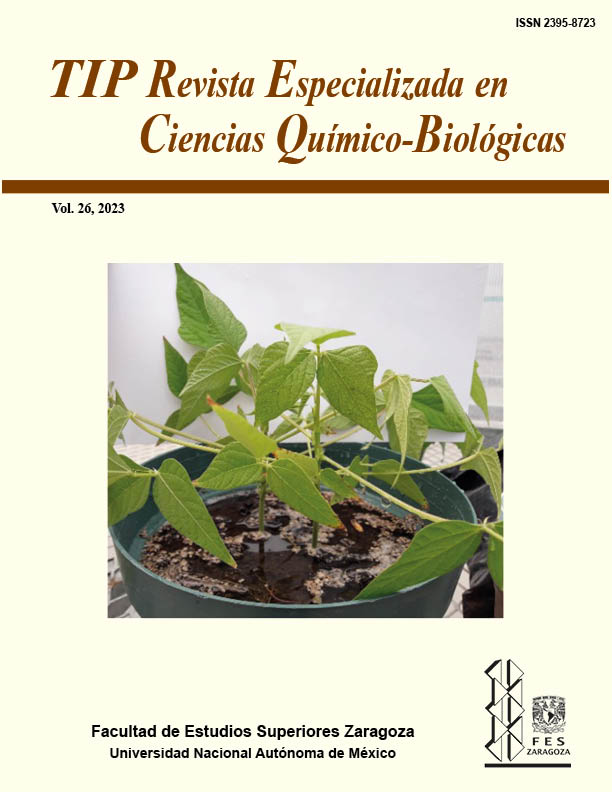Abstract
Synthetic biology aims to develop cells with entirely new functions not found in nature. These functions are manifested through pathways created of genes from other microorganisms linked by molecular techniques such as Bio-Brick Assembly. Some of these linkages can adopt a Boolean behavior and generate what is known as a genetic circuit that is mainly composed of the functional parts of a gene (Promoter, RBS, ORF, Terminator). These interchangeable parts form what is called a Bio-Brick, which can act as a logical gateway by showing an excellent stability and the activation of genetic memory that can lasts after several generations. As a result of the different types of behavior that Bio-Bricks present, they are highly attractive for the industry because it would be enough to choose the best type of circuit for multiple applications both in the biomedical industry (cancer drugs, malaria, specific antibodies, microbiome engineering) or the energy industry in order to produce second-generation biofuels that can compete effectively with fossil fuels; it has also been discovered that due to its usefulness in different fields, it represents a solution to problems such as high greenhouse gas emissions or the current pandemic caused by the appearance of the SARS-CoV-2 virus.TIP Magazine Specialized in Chemical-Biological Sciences, distributed under Creative Commons License: Attribution + Noncommercial + NoDerivatives 4.0 International.



